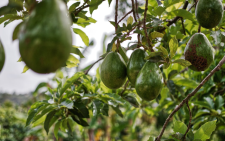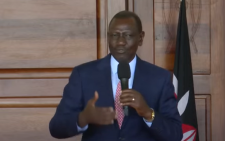The Central Bank of Kenya (CBK) estimates that one per cent of Kenyans held a staggering Sh5 trillion in their bank accounts as of December 2023, which reflects the stark contrast in wealth distribution.
During that period, banks held a whopping Sh5.8 trillion in customer deposits, with the Kenya Deposit Insurance Corporation (KDIC) insuring deposits amounting to Sh857.8 billion.
KDIC, an independent state agency that provides a safety net for deposits, insures up to Sh500,000 per depositor in the event of a bank failure.
According to the CBK report, “the agency insured 107 million bank accounts in the period under review, which accounted for 99 per cent of the bank accounts fully covered”.
This means nearly 99 per cent of bank account holders had balances of Sh500,000 or less, which unveils the significant wealth gap in the country.
Despite impressive economic growth since 2005, poverty affects millions of people’s lives, with extreme inequality running out of control in Kenya. While this minority of super-rich Kenyans are accumulating wealth and income, the fruits of economic growth are failing to trickle down to the poorest.
The rich are capturing the lion’s share of the benefits, while millions of people at the bottom are being left behind.
Amid rampant cases of corruption that involve billions of shillings, economic experts suggest that such a level of disparity will only widen in the coming years.
According to an Oxfam International report, less than 0.1 per cent of the population own more wealth than the bottom 99.9 per cent.
This as the number of millionaires in Kenya is expected to grow by 80 per cent over the next decade, with an estimated 7,500 new millionaires emerging. “The richest 10% of people in Kenya earned on average 23 times more than the poorest 10%,” Oxfam says.
Super-rich Kenyans
Despite efforts to reduce this income inequality, the gap persists, driven largely by unequal access to resources and opportunities such as healthcare and education. This as the number of super-rich in Kenya is one of the fastest growing in the world.
A related study shows 2.6 million people in Kenya either fall into poverty or remain poor due to ill health each year, underscoring the country’s ongoing struggle with inequality.
While initiatives aimed at addressing these disparities have been introduced, achieving significant progress remains a challenge in an economy where the wealthy continue to accumulate vast amounts of wealth while the majority struggle to access basic services.




















